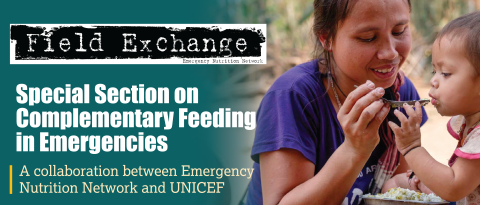Poor usability of predictive models for estimating the burden of wasting in crisis-affected countries
This is a summary of the following paper: Checchi F, Frison S, Warsame A, Abebe KT, Achen J, Ategbo EA et al (2022) Can we predict the burden of wasting in crisis-affected countries? Findings from Somalia and South Sudan. Research Square.
https://doi.org/10.21203/rs.3.rs-1250806/v1
In crisis-affected settings, wasting poses a substantial threat to mortality, health and development as well as being a broader indicator of crisis severity. Information on the burden of child wasting contributes to assessing progress towards national and global targets, identifying appropriate packages of food security and nutritional services, estimating resource needs and monitoring the performance of services as well as detecting changes in crisis severity. Cross-sectional anthropometric surveys among children 6-59 months of age, along with facility-based and programmatic data, are a primary source of nutritional surveillance in crisis settings. However, they are burdensome, have limited geographical coverage and often do not provide adequately timely and granular information.
This article explored the potential of complementing surveys with predictive statistical models of wasting burden in two crisis-affected countries, Somalia and South Sudan. For each country, programmatic datasets collected by humanitarian and government actors on theoretical predictors of wasting (including insecurity, displacement, food insecurity, access to services and epidemic occurrence) were combined with datasets from household anthropometric surveys. The ability of generalised linear models and machine learning random effects forest plots to predict the risk of wasting and severe wasting, based on binary and continuous estimates of weight-for-height and mid-upper-arm circumference (MUAC), was assessed.
In Somalia, livelihood type, measles incidence, vegetation index and water price were identified as important predictors of wasting. In South Sudan, important predictors included livelihood, rainfall and terms of trade (purchasing power). While the predictive accuracy was better for outcomes based on weight-for-height than on MUAC, the overall performance of both statistical methods was low. This may have been contributed to by the range and quality of the data used, with an absence of data on key factors including infant and young child feeding practices, the use of food security coping strategies, dietary diversity, access to water, sanitation and hygiene services and health service utilisation.
At this stage, findings from this article do not support predictive modelling as a viable alternative to ground surveys for estimating the burden of wasting in crisis settings. However, the potential of such an approach warrants further evaluation with larger datasets across multiple settings.


